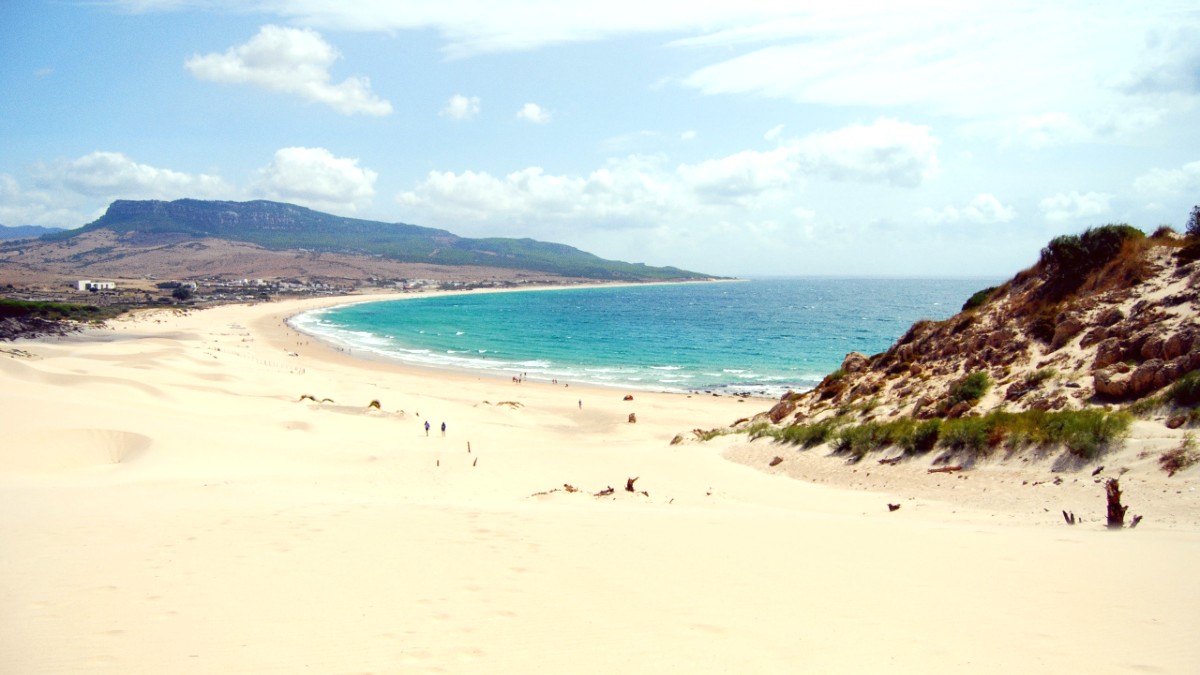
Spain
These are main gateways to the region.
Alternative airports offer different connectivity.
High season sees more direct flights and higher frequencies, but also higher prices. Book in advance.
Shoulder season balances availability and reasonable prices. Low season has fewer direct flights and lowest prices.
All major airports provide car rental, taxis, bus connections, duty-free shops, restaurants, and lounges.
Walk across the border to La Línea de la Concepción, then take a bus or taxi to Spanish destinations. Buses from La Línea connect to various Costa de la Luz towns.
Commuter train to Malaga city center for intercity train or bus connections. An extensive bus network serves various destinations.
Iberia, Vueling, and Ryanair connect Costa de la Luz airports to major Spanish cities like Madrid and Barcelona.
Spain's national rail service, Renfe, provides train connections.
Buses offer a comprehensive and often economical way to travel.
Renting a car offers flexibility for exploring the region.
Roads are generally safe and well-maintained.
Sea travel mainly serves connections to Morocco or cruise ship visits.
River transport is limited but available for specific routes.
Cadiz port offers extensive services for cruise ships and ferries.
Enjoy scenic boat tours on the Guadalquivir, Odiel, or Tinto rivers.
Ferries provide cross-border access to Morocco for unique day trips.
Plan your departure smoothly by understanding exit procedures.
You will find amenities for your comfort while waiting.
Arrive 15-30 minutes before departure for trains and buses. Allow extra time if you need to purchase tickets or check luggage.
Take advantage of duty-free shops for gifts or personal items before boarding your flight.
Many airports offer lounges for a more comfortable wait, often accessible with certain tickets or memberships.
Always double-check your flight or train status before heading to the airport or station. Allow extra time for unforeseen delays, especially during peak travel periods.